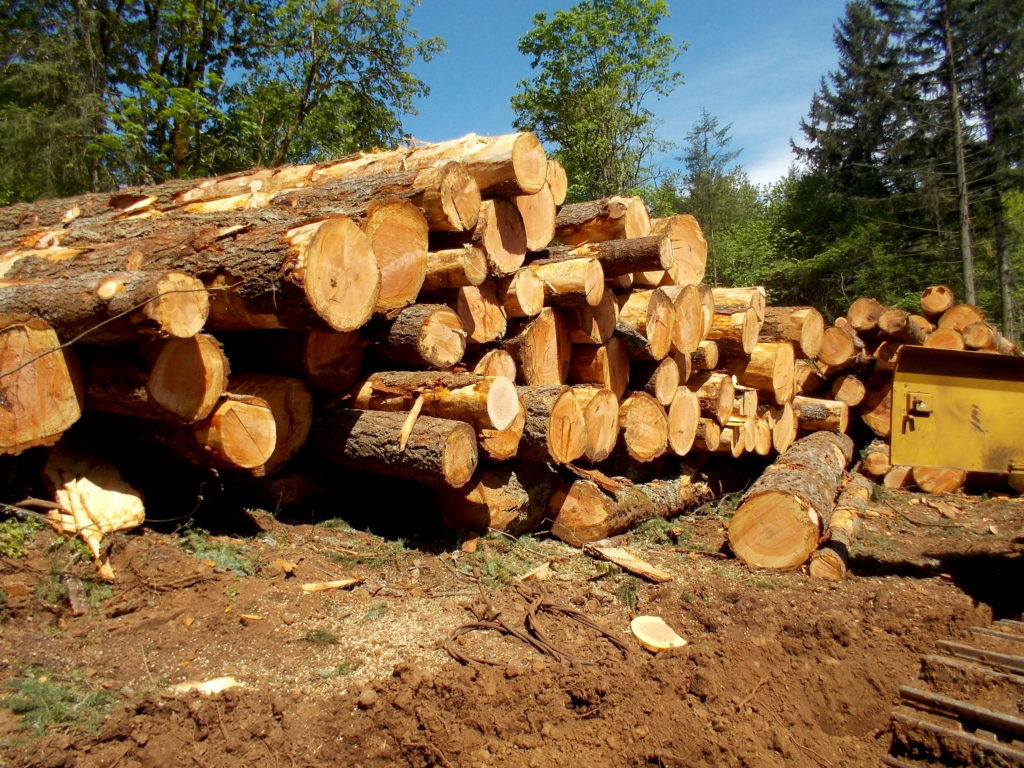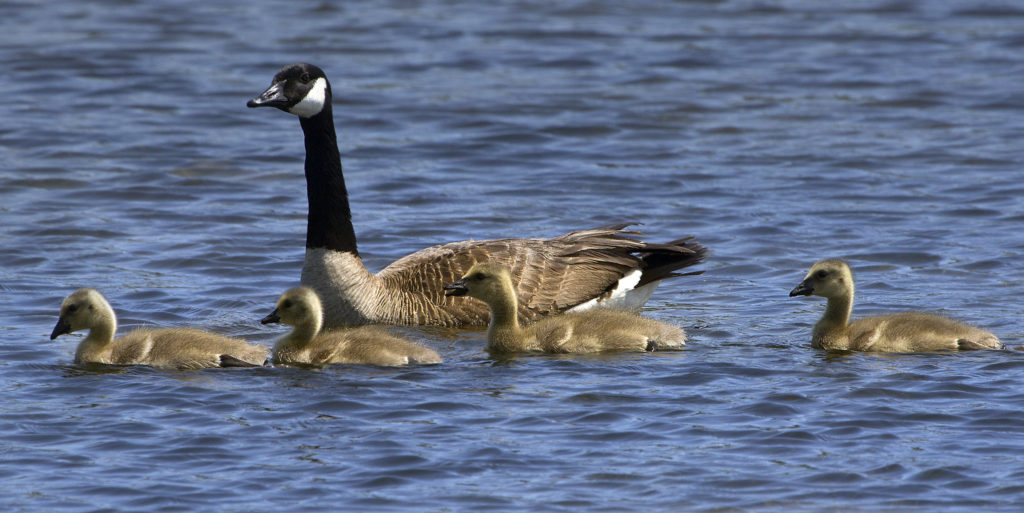A special report by Animal Aid director Andrew Tyler
Animal Aid has long been concerned about the growing tendency among what might be called ‘top table conservationists’ to scapegoat various animal species for the environmental and commercial vices of human beings.
A whole range of indigenous species are under threat as a result of the burdens placed upon them by human population growth and modern manufacturing and waste disposal regimes. Yet certain “experts” insist on displacing the responsibility and pretending that ecological harmony can be restored through the barrel of a gun or through the use of body-crushing traps, snares and poisons.
Remedies and alibis
The inconvenient remedy to the carnage caused to wildlife by human society to curb our destructive impulses – to show restraint in terms of “development,” consumption, “sporting” activities and irresponsible waste disposal. The convenient option – the one that has been embraced – is to make nominal moves in these directions and shift the blame. Hence the growing appetite for the blood of “aliens.”

Reshaping the environment
Given that we human beings have comprehensively reshaped the natural environment to suit our own ends, it is an absurdity to aspire to environmental and/or genetic purity with regard to local fauna and flora.
By reshaping of the environment, we refer not simply to the endless “development” of woodlands, wetlands, riverbanks, grassland, wild flower meadows, lakes, hills and even mountains. There is also the impact of international trade and transportation – activities that include the translocation every year, from continent to continent, of billions of mammals, fish, birds, reptiles and amphibians. They are translocated to be farmed for meat, milk and eggs; put on display as exotic exhibits, or sold as pets. The impact that these animals – and the systems that facilitate their use – have on local ecosystems is often significant and sometimes significantly disruptive. But where there is a perceived commercial advantage, such trade is rarely resisted. And, of course, the suffering the animals themselves endure is of virtually no concern to those who establish and oversee the regulatory framework.
While total solutions are not possible, if society is serious about militating the damage outlined above, then governments and conservation agencies must focus on curbing these animal trading activities, and not simply by way of rhetoric and gesture – which is what is on offer in the current proposals.
Animals on the run
Now to the question of the “alien” species already at large, e.g. the ruddy duck, Canada goose, muntjac deer, grey squirrel, North American mink, red swamp crayfish, New Zealand flatworm…
The debate as to their fate has been dominated so far by the top table conservationists referred to above. And their contribution, in Animal Aid’s view, has been characterized by self-serving hyperbole, and a disregard for the welfare of individual animals. We know from early trial culls of ruddy ducks that a significant proportion of birds were not killed cleanly: some were wounded and never retrieved, one took two hours to die and another was shot 13 times and was still alive when pulled from the water. Killing the detested grey squirrel involves smashing their nests and stamping on the young.

The good, the bad and the anomaly
The conservation hooligans responsible for these acts take it upon themselves to identify morally good and morally bad species; species that are good for local ecosystems and those that are bad. They presume to know the ideal population levels for each of the species concerned.
A good species is a native species, even though, in the case of native favorites such as the badger and red squirrel, their populations were supplemented in Victorian times by foreign imports because of human persecution on home ground – i.e. they are now genetically “tainted.”
Thoroughly foreign imports are presumed bad, except where sentiment gets the better of the supposedly fact-driven experts. The brown hare and little owl are thoroughly foreign but are nonetheless welcome. And so is the little egret (native of the Mediterranean and Middle East) who has recently been colonizing parts of England’s Dorset County. A spokesman for the Royal Society for the Protection of Birds (RSPB), which led calls for the cull against the foreign ruddy duck, said of the egret interlopers: “This is a truly historic event. We hope that through the protection and management of our estuaries and wetlands, egrets will be encouraged to establish further breeding colonies across southern England.”
No matter the consequences for any native bird the egret might displace?

Myth of the golden age
The RSPB statement is indicative, pointing to a muddled and hypocritical mindset. It indicates that the “experts” who are responsible for shaping government policy have neither the vision, the intellectual consistency nor the competence to accomplish their declared objective of restoring a supposed golden age of ecological harmony.
There never was such an age. There is no clear divide between native and alien species. When is the cut-off point? There is nothing so English as the oak tree, yet many we see today are descendants brought to this country from France, Germany and elsewhere in Europe. Nor is there a clear understanding of the impact newly arrived species have on local ecosystems into which they are cast – cast, for instance, by bored pet owners or by bankrupt mink farmers.
A New Scientist article pointed to the folly of trying to impose genetic purity upon a constantly shifting environment, an environment that looks set to undergo accelerated change as a result of global warming. In this new warmed-up, storm and drought-stricken Britain, are we going to exterminate members of every species who stray from their allotted territory?
“Populations can only be as pure as the habitat in which they evolve,” the New Scientist article noted. “Red deer in Britain, for example, are threatened by the spread of Japanese sika deer genes into their populations, which seem to do better in Britain’s modern fragmented and modified landscapes. So foreign genes influencing behavior and morphology may actually confer an advantage to native species living in the habitats they now find themselves in.”
Darwinian adaptation
This gene mixing can be seen as a form of Darwinian adaptation – a survival mechanism, rather than a sin against nature that must be punished by extermination of the offending party. The mating of ruddy and white headed ducks is another example of one species mating with a close genetic kin and conferring an advantage. The white headed duck, after all, clearly requires an input of robust genes (courtesy the ruddy) to help survive the attentions of its deadliest enemy – humans beings. It is human beings who have hunted white headed ducks and destroyed their habitat in the important winter breeding grounds of Turkey and east Asia. Now the conservation hooligans offer salvation by way of slaughtering the white headed’s genetic kin and latter-day breeding partner.

Conclusion
Look around at the consequences of human beings’ voracious appetite, destructiveness and profligate breeding and there will be some hapless animal or other taking the blame: mink, deer, rats, pigeons, moles, gulls, seals, badgers, hedgehogs, pike, ruddy ducks, muntjac deer, Canada geese… All are being curbed or killed. In fact, any animal species is suitable for scapegoating as long as a commercial or political interest is served, or the guilt of the majority over its own actions can be assuaged.
More particularly, this hostility towards “alien species” is a symptom of a destructive mindset within the Neanderthal leadership of the top table conservation bodies. They imagine they cherish nature and yet their list of enemy species grows and grows. They claim they like the world full of exotic animals. But they are reluctant to allow them the space to nest or eat. Depressingly, these bodies – being able to direct the public debate – are also able to blacken the name of the undesirables and mute what would otherwise be a justifiable public clamor for existing or planned pogroms to be abandoned.
Their argument for wanting to decimate the aliens is usually couched in conservation terms – the animal concerned is a marauding pest that is placing other species in mortal danger.
In reality, these animal pogroms are usually motivated by the self-interest of the participating parties, or by an obsessive and irrational attachment to particular species, at the expense of any other.
Our society needs to define and bring to life a new kind of conservation, one that is fit for the new millennium. It will be a conservation that respects the individual animal and has a broad rather than rigidly myopic view of nature. We need a conservation that dispenses with scapegoating and with trying to regulate species numbers through large-scale destruction.
Above all, human beings must be ready to concede actual territory to non-human animals. Too often, people pay lip service to biodiversity and yet insist that animals be exterminated if they so much as exercise their most basic functions of eating and defecating. If we are not prepared to grant animals even these limited freedoms, then the world we construct will be one in which wild animals become things of history. It will be a world in which only the domesticated and the incarcerated are permitted to exist. Is this the world we want?
Featured image: hedgehogs are culled in the UK for simply existing where humans do not think they should. Image credit Andrew 3457, CC BY-SA 2.0.





